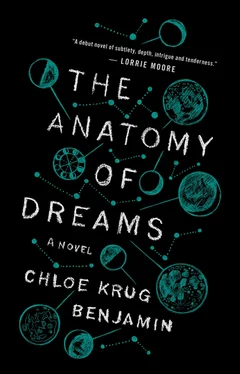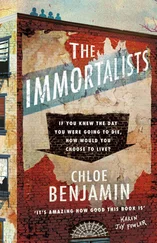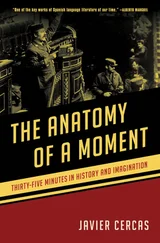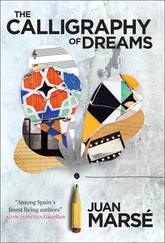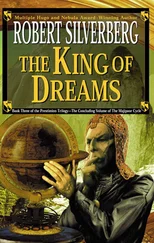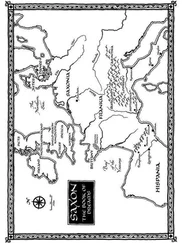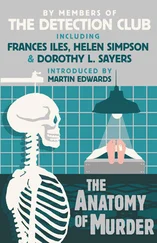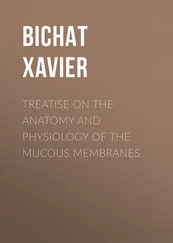We saw Thom and Janna less and less. Every so often, they invited us over for a game of Scrabble or Charades, and though Gabe showed interest, I was filled with an aversion that confused me. (“Go yourself, then,” I snapped during a hailstorm, pulling a blanket tighter around me.) Since Thanksgiving, I had dreamed of Thom: frenzied, consuming dreams that I found myself unable to shake the next day. I could never remember how they began. My consciousness picked up somewhere in the middle, in the underground room with the golden light. I realized it was Thom’s basement. A clock hung on a cord on the wall behind Thom’s head, and the hour was four, or two. Thom leaned against the wall, his legs spread in a wide V, a jam jar between them. In the jar was a honey-colored liquid without ice. He played with the glass, stirring the liquid with the tip of his ring fingernail.
Or we were sitting beneath the juniper tree of his backyard, Thom listening attentively—leaning in with his whole body, his chest curved toward me like a cave I could speak into. We sat on the ice, but neither one of us was cold.
“You’re wet,” he said. “Your hands—they’re wet”—and he nuzzled me, the soft fuzz of his chin on my cheek, his skin blessedly warm, as an orange cat purred its motorized hum and the moon shed light like a second skin.
I always woke from these dreams sweating, the blankets soaked and tangled, my muscles throbbing with strain. I had never remembered this much of my dreams. Now they were so vivid that I was terrified I’d spoken out loud, but whenever I looked over at Gabe, he was shut-eyed and still.
And so I left him. I climbed the stairs to the attic and turned on the lamp by the window. My canvases appeared suddenly, like a television turned on in a dark room. I painted my dreams to get rid of them, to exorcise the shame and betrayal they brought up in me. I wanted to remember them and let them go, as if the act of memory would give me control. I had only brought five canvases to Madison, but I didn’t buy more for fear that Gabe would wonder what I was doing. Instead, I painted over and over those same five canvases, sweeping each one black when I was done.
Sometimes, when Gabe and I returned home in the early morning after a session at the lab, we saw Thom striding to the garage in his corduroy pants and dress shoes, an arm held over his head to block the snow. In these moments, Gabe raised a hand in salute, but I ducked my head and climbed into the car. The dream Thom had become so vivid that the sight of the real one gave me a crawling feeling of guilt. When Gabe shut the car door and turned to me—“That was Thom; did you notice?”—I always feigned surprise, said I hadn’t seen him through the snow.
Besides, we had bigger things to worry about that winter—and perhaps that’s why my dream life took on its own menace. Five days before Christmas, Keller called and told us to meet him at the lab. A fuse had blown in the living room furnace, and we were cranky, sore with cold. Besides, it was Sunday, a day we were supposed to have off. But Keller spoke in the stiff tone that indicated he was not open to debate, so we grudgingly trudged outside to scrape the car in our new boots.
We never made it to the lab. A storm was dumping buckets of nasty slush on the roads, and the ground was so wet that we skidded twice before we pulled into somebody’s driveway and called Keller to say we’d have to meet him somewhere else. We wound up at the Starbucks on State Street—the kind of place Keller abhorred, but it was the coffee shop closest to our car.
It was the last day of finals at the university, and it seemed that every undergrad had fled their dorm for the heat and cloying music and sweet whipped drinks at Starbucks. The chairs were covered in down coats in shades of pink and red and blue; scattered across the floor were backpacks splayed like fallen soldiers, squashed Ugg boots, pom-pom hats, fat little gloves. Mariah Carey’s Christmas album played over the speakers. We took the stairs to the second level, where there were more tables and leather armchairs (“Sorry,” said Gabe as he brushed past a girl who had fallen asleep with a chemistry book open on her lap, her mouth agape).
We found Keller standing in a back corner, hands linked behind his back as he scanned the room for us. He’d staked out a trio of tables, not because we needed to spread out but because we needed the privacy. He hadn’t purchased anything, and a huddled group of underclassmen searching for a place to sit stared at his three empty tables with undisguised irritation.
“Have a seat,” he said, oblivious. Gabe and I sat down, each at our own table, and pulled off our hats. A flurry of snow settled on our eyelashes and hair; we brushed it off, staring at him. Keller reached into his briefcase—black leather, tattered now, the same one he’d carried around at Mills—and put a thick newspaper in front of us. It was a copy of the San Francisco Chronicle , dated that same day.
“I didn’t know you still get the Chronicle ,” said Gabe, his brows raised. “Homesick?”
“That’s beside the point,” said Keller, jabbing a finger at the paper. He had opened it to the crime section of the “Bay Area and State” page. Below his finger was the mug shot of a woman with scraggly blond hair—yellowed at the ends, brown at the roots—and sallow, deep-set eyes. I immediately recognized her cleft chin and widow’s peak, the pocked scars along her temples—remnants of a bad childhood bout with chicken pox, she’d told us, though we always suspected otherwise.
MURDER ARREST MADE IN OAKLAND CASE
(20-12) 06:51 PDT Rockridge—A suspect has been taken into custody in connection with the deaths of James, Leslie and Charlotte March, the Rockridge family found dead in September, authorities said Saturday.
Anne March, 26, of San Francisco, was arrested on suspicion of murder after an extensive statewide search. March, who worked as a pediatric nurse at Kaiser Permanente, was first reported missing in early October. The turning point came last Tuesday, when an anonymous tip directed city police to an abandoned house in San Francisco where Ms. March was found squatting.
“We have probable cause to believe Ms. March committed the murders of James, Leslie and Charlotte March,” said Sheriff’s Sergeant Jose Mendoza. Mendoza declined further comment, saying a press conference was scheduled for Monday morning. Other members of the March family are expected to attend.
The suspect attended Oakland High School and college at California State–Long Beach. She has no prior criminal history, and public defender Linda Meyers has implied that the state might consider an insanity defense. Though prosecutor Kevin van Dyke called this “ludicrous,” citing Ms. March’s passing scores on the psychological exams required of all licensed nurses, Meyers maintained that “mental health cannot be reduced to a numerical score, a true-or-false question, a pass or fail.” Meyers alluded to Ms. March’s participation in a 2002 psychological research study as possible evidence of past instability, though she declined additional comment. Efforts by the Chronicle t o contact the study’s director were unsuccessful.
March was transported to the Central California Women’s Facility, where she faces a sentence of 50 years to life for the murders of her parents, James and Leslie, both 52, and her younger sister Charlotte, age 11. The San Francisco Chronicle first reported on the March case on September 12, when James March’s employer called city police to report his absence at work. The three victims were found in bed, dead due to fatal doses of morphine, administered intravenously. Their time of death was estimated to be ten days prior.
Читать дальше
